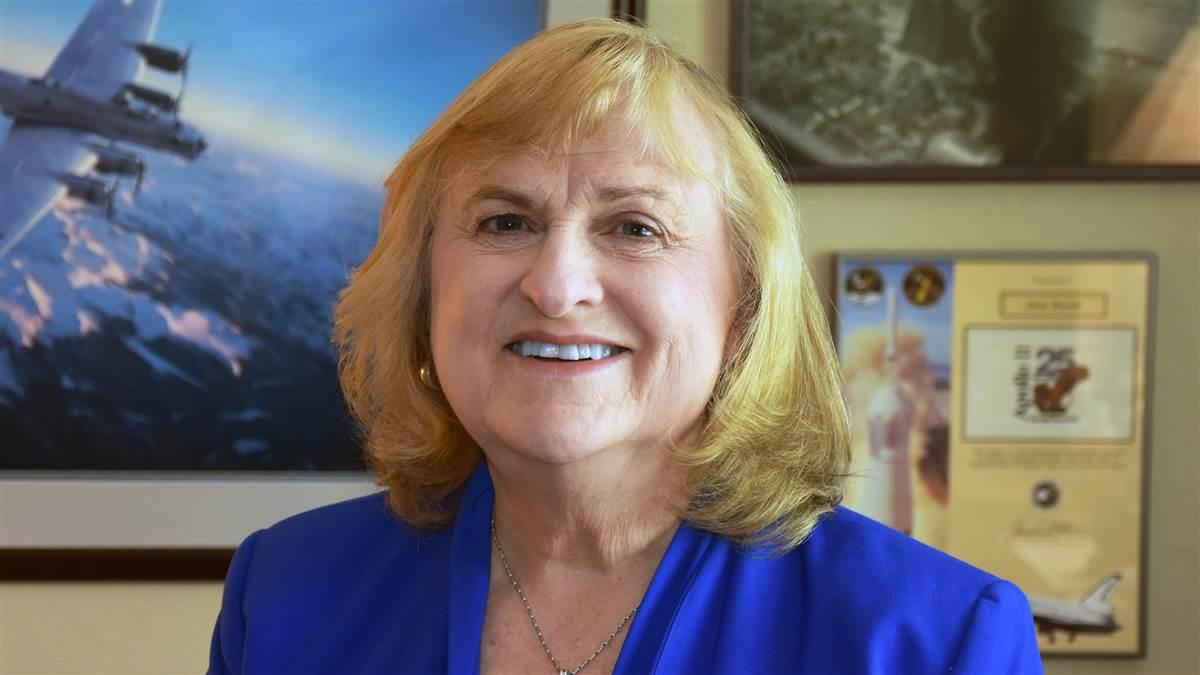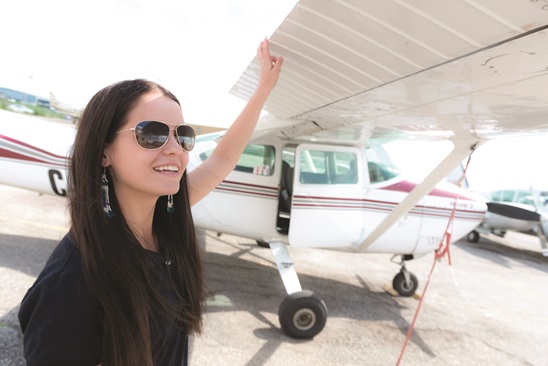Secret is safe
Help others, report issues, stay anonymous

Airport ZZZ is an aviation in-joke. The place doesn’t exist except within the Aviation Safety Reporting System, where it appears as a generic, anonymity-protecting location identifier in reports filed by pilots and others who flag unsafe situations in the air traffic system—sometimes out of a pure concern for safety, and sometimes to gain immunity from an FAA enforcement action.
United airlines had reported an incident that foreshadowed the 1974 twa crash, but the faa said it didn’t know what to do with the information.
In early 2018, Connell retired from her post as director of ASRS, the entity most pilots recognize vaguely as the repository of those immunity-conferring “NASA reports”—so-called because ASRS resides within the National Aeronautics and Space Administration, not the FAA, to preserve a buffer between those who report system-safety lapses and those who police aviation. If you have ever filed an ASRS report, you are literally one of more than a million. The number of ASRS reports filed since inception passed the one-million mark in 2012. In 2017 alone, ASRS took in 94,302 reports—that’s more than 1,800 per week.
If you observe the sterile cockpit rule, you are adopting a safety procedure that emerged from ASRS reporting. If an air traffic controller has ever instructed you to maintain an assigned IFR altitude, followed by the words, “Cleared for the approach,” give credit to ASRS for helping to pinpoint the need for the clarity of that phraseology.
The ASRS’s confidentiality-based reporting venue was skeptically received early on, but the concept has proved vital to bringing systemic risk out of the shadows. How that system emerged from a tragic airline accident in 1974 is a story every aviator should know, just as Connell’s account of how a registered nurse turned psychologist turned statistician came to spend much of her career directing the ASRS is a motivating and inspiring narrative (see “Nobody Aces My Tests,” p. 45).
‘We knew this was going to happen’
The ASRS, which is based at the NASA Ames Research Center at Moffett Field in California, was founded with the mission of promoting flight safety through the free and confidential flow of sensitive information. There was no such mission in place on December 1, 1974, when TWA Flight 514, a Boeing 727 en route from Indianapolis to Washington, D.C., was diverted from arriving at Washington National Airport to Dulles International Airport because of crosswinds during an intense storm.
After being cleared for a VOR/DME approach to Dulles and following discussion between the crewmembers during the very bumpy ride about the proper altitude to descend to, based on the clearance, the airliner hit a ridge about 25 nautical miles west of the airport, killing all 85 passengers and the seven crewmembers.
Not everyone was surprised that something had happened. United Airlines, which had experienced an incident in October 1974 that ASRS said foreshadowed the TWA crash, “stepped forward” to note that some of its crews were also confused by approach-clearance language—and that the airline had said so to the FAA.
“The FAA said it didn’t know what to do with the information,” Connell said. But the problem was clear: “We have to stop hearing, ‘We knew this was going to happen,’” she said.
In 1975, the FAA activated an Aviation Safety Reporting Program, but after six months, it had taken in no reports.
According to Connell, “ALPA [the Air Line Pilots Association] said if you want a system, you cannot be the recipient of the information.” ALPA advocated for NASA to act as a reporting system’s custodian.
James Dow, then the FAA’s deputy administrator, understood the value of confidential reporting to safety, and acted on his conviction. Despite a “significant bureaucratic battle,” Dow insisted that immunity incentives be established and made “really strong to get people to talk about what’s going on,” Connell said.
NASA-Ames already had a human-factors branch and had started work on a voluntary “any mouse” (anonymous) safety reporting system styled after a military model. In April 1976, ASRS was established under a memorandum of understanding between NASA and the FAA, to collect, analyze, and respond to voluntary reports that would be used to identify system deficiencies and discrepancies. A focus of ASRS’s data-analysis products is human performance in the aviation environment.
Connell also notes that legislation provided strong assurances that ASRS would remain a safety-reporting sanctuary by specifying NASA as the recipient—not simply some third party outside the FAA. That wording built “the trust which they knew was a big feature in this,” she said.
‘True safety reporting’
Anyone can file a report through the ASRS. Reports are de-identified, and information in them may not be used for enforcement purposes unless it concerns a criminal offense or accident. Pilots who make a prompt report after an incident are afforded protection from enforcement action if they’ve inadvertently violated a regulation (see “Get-Out-of-Jail-Free Card,” p. 46).
If you have ever wanted to file a NASA report but hesitated because the event did not involve broken rules or blown procedures, next time go ahead and file. It’s a myth that most reports are filed for their conditional immunity-from-enforcement benefit; about 42 percent of reports have nothing to do with infractions.
“People send us anything they see that might be unsafe. It’s true safety reporting,” Connell said.
When you file a NASA report (online or on paper), it receives a time stamp. Next, at least two analysts review it and identify the hazard it conveys—a process Connell describes as finding the “hidden safety gems” in reports.
Issues falling into one of seven categories requiring immediate action are flagged; those could generate an ASRS “alert message” to the FAA or another party. After the screening, reports become incorporated—minus all information identifying the filer—in the database, where recurring themes or new trends may be first spotted.
If you have searched the ASRS’s online database for causes of piloting errors, air traffic control glitches, or other system breakdowns, you have likely been impressed by the number of reports that turn up depending on the search term you use. But the online reports, selected by the expert reviewers, make up about 7 percent of the total received.
As for confidentiality, the program assures participants, “More than one million reports have been submitted to date and no reporter’s identity has ever been breached by the ASRS.”
‘A cadre of young pilots’
The ASRS staff consists of 28 nonfederal full- and part-time employees of consulting and analytics firm—and ASRS contractor—Booz Allen Hamilton, working offsite in a company facility.
Some staffers “have human factors and psychology research experience in areas such as crew resource management, training, fatigue, user interface design, usability evaluations, and research methodology.” Some of those involved in initial report screening are from what Connell describes as a “a cadre of young pilots from San Jose State University.” They are getting top-notch experience working with the program as they pursue their academic goals.
In general, staffers have “been there and done that in aviation,” making them empathetic and knowledgeable reviewers, Connell said.
ASRS also publishes a free-subscription newsletter, Callback, to highlight safety topics, and produces a variety of research data products.
In some cases, ASRS has provided a way for aviation safety concerns that originate outside aviation to find their way to resolution. When the glare from a “super bright” array of large mirrors used as part of a solar electricity generating plant in the California desert was sending blinding beams of light into cockpits of aircraft flying in the area, reports flowed to the ASRS, which issued a safety alert.
The notifications about the solar array, which the FAA had approved, also made their way to the California Energy Commission. Eventually the solar array’s mirrors were repositioned so that they no longer deflected sunlight out randomly into space—a method used when some of the output wasn’t needed to heat up an electricity-generating medium. The complaints ebbed.
“If ASRS didn’t exist, how would we have learned about this issue?” Connell said.
Connell used the case as an example to explain the ASRS’s role as an organization that may alert other parties to the safety concerns it uncovers but does not issue independent safety recommendations.
The ASRS’s safety alert messages—of which more than 6,200 had been issued by 2016—“are the closest thing to a recommendation,” she said.
Rather, the information ASRS gathers is published “to a public website that everyone can use to provide improvements,” she said.

 Linda Connell retired February 28 from NASA’s Aviation Safety Reporting System after 37 years with the space agency and 21 years as director of the ASRS. It was a career path she never imagined after graduating from college as a registered nurse. After working in nursing for years, focused on women’s health, Connell said, she returned to school on a clinical psychology track, where she came to discover she had a knack for statistics. “My statistics professor said, ‘You just aced my test. Nobody aces my tests and gets away with it. You see the numbers, don’t you?’”
Linda Connell retired February 28 from NASA’s Aviation Safety Reporting System after 37 years with the space agency and 21 years as director of the ASRS. It was a career path she never imagined after graduating from college as a registered nurse. After working in nursing for years, focused on women’s health, Connell said, she returned to school on a clinical psychology track, where she came to discover she had a knack for statistics. “My statistics professor said, ‘You just aced my test. Nobody aces my tests and gets away with it. You see the numbers, don’t you?’”

